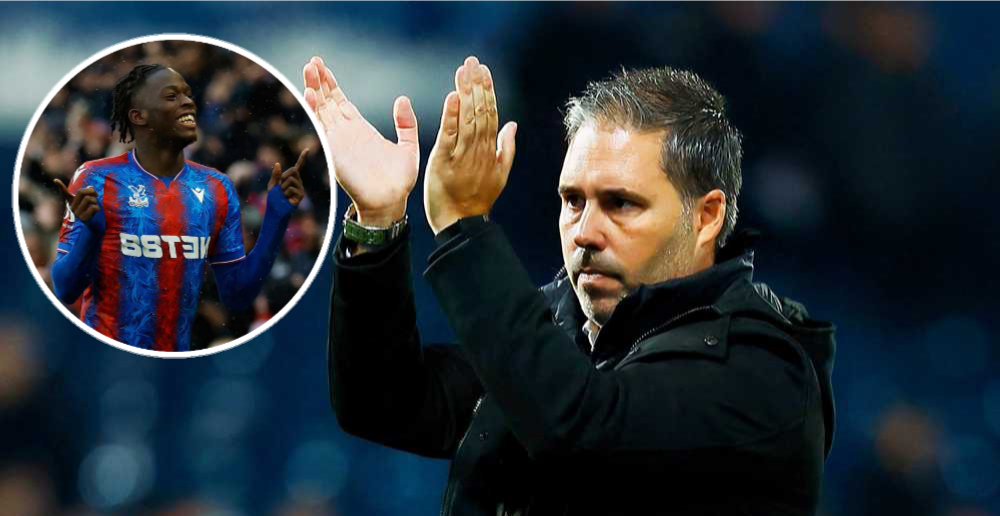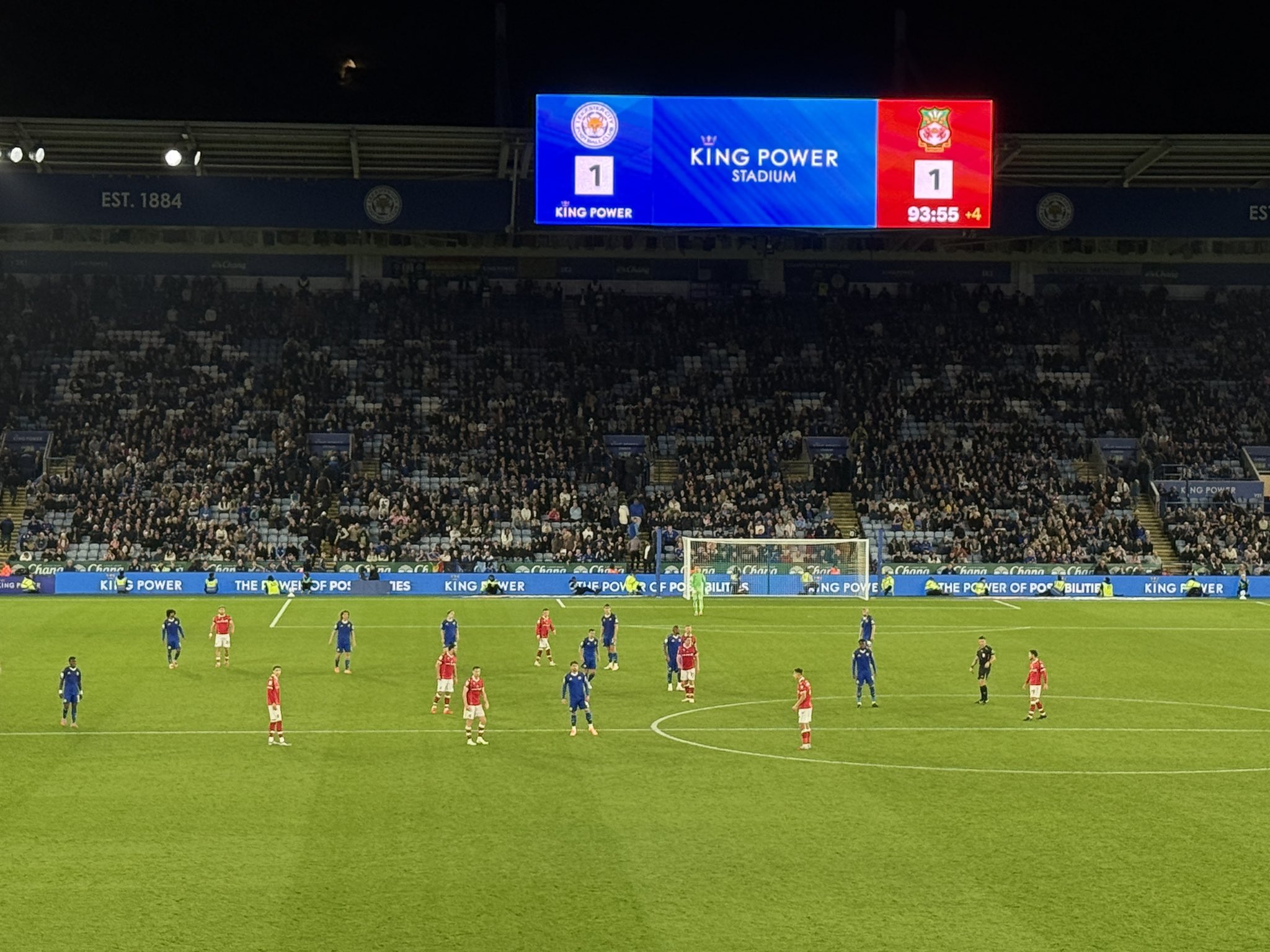LEICESTER CITY ARE ON A DIRE RUN OF FORM AND OWNER AIYAWATT SRIVADDHANAPRABHA IS BECOMING QUITE UNPOPULAR.
Comprehension: Leicester City’s Struggles and Owner’s Unpopularity
Leicester City, a club with a storied history and a remarkable Premier League title win in 2016, is currently enduring a difficult period. The team’s recent performances have been far from satisfactory, leading to a run of poor results that has caused frustration among fans and pundits alike. Despite some initial optimism, Leicester’s form has deteriorated, and they now find themselves in a precarious position in the league standings.
The club’s struggles on the field have also led to increasing discontent off the field, particularly with the ownership. Aiyawatt Srivaddhanaprabha, the current owner of Leicester City and the son of the late Vichai Srivaddhanaprabha, has found his popularity waning. While his father was beloved for transforming Leicester into a top-tier club, Aiyawatt’s tenure has seen a period of instability and underperformance. This has sparked growing resentment among fans, with many questioning the club’s direction and management.
In particular, the lack of significant investment in the squad and the perceived failure to strengthen the team during crucial transfer windows have been sources of dissatisfaction. Supporters are also critical of the club’s leadership, which they believe has not matched the legacy left by Vichai Srivaddhanaprabha.
As Leicester City continues to struggle both on and off the pitch, the pressure on Aiyawatt Srivaddhanaprabha to improve the team’s fortunes and regain fan support is intensifying. The club’s future depends on how well they address these challenges, both in terms of performance and the restoration of trust between the owners and the supporters.
What Could Save Leicester City Football Club?
Leicester City’s recent struggles, both on and off the pitch, have placed the club at a crossroads. However, there are several strategies that could help the team regain its form and secure a brighter future. These solutions would require careful planning, strong leadership, and a committed effort from both the owners and the players.
1. Strategic Investment in the Squad: One of the most crucial steps Leicester City can take is to invest in their playing squad. While the club has produced talented players through its academy and signed some notable players in the past, the lack of significant investment in recent transfer windows has left the team vulnerable. Strengthening key areas, such as the defense and attack, could provide the necessary quality to turn around their fortunes.
Additionally, attracting experienced players who can lead both on and off the pitch could prove valuable in guiding younger talents through difficult matches and seasons. By bolstering the squad with strategic signings, Leicester can improve their depth, increase competition for starting spots, and boost morale within the team.
2. Stability in Management: Another factor that could save Leicester is the establishment of long-term managerial stability. The club has gone through several managerial changes in recent years, and each transition often brings disruption. Having a clear managerial vision and a manager who understands the club’s culture is essential. Stability in management would allow for the implementation of a coherent playing style and philosophy, something the team can consistently build upon.
A manager who can nurture young talent, instill a winning mentality, and inspire the players would be a key asset. If Leicester were to make a calculated decision about who leads the team in the long run, it could provide the team with much-needed consistency.
3. Reconnecting with Fans and the Community: Rebuilding the relationship between the club’s ownership and its supporters is another essential step toward Leicester’s recovery. Aiyawatt Srivaddhanaprabha, the current owner, must work to restore trust and goodwill with the fanbase. Communication is crucial in this respect. Engaging directly with fans, explaining the club’s plans, and demonstrating a clear commitment to improving the team could ease growing concerns. Additionally, honoring the legacy of his father, Vichai Srivaddhanaprabha, who was beloved by fans, could help win back some of the lost support.
Moreover, continuing to involve the community and prioritizing local talent can further strengthen the bond between the club and its supporters. The fans are Leicester’s lifeblood, and their backing could be instrumental in the club’s resurgence.
4. Improving Club Culture and Morale: Sometimes, a lack of success on the field can stem from deeper issues within the club’s culture. Leicester City could focus on improving the internal environment by fostering a positive atmosphere where players feel valued, motivated, and focused. This can be achieved through good leadership, team-building exercises, and mental support programs for the players.
Encouraging a resilient and determined mindset, where players refuse to give up even in tough times, can make a significant difference. When the morale within the squad is high, the team is more likely to put in determined performances and overcome adversity, which is crucial during periods of poor form.
5. Youth Development and Scouting Network: Leicester City has a reputation for nurturing young talents, as seen with players like James Maddison and Harvey Barnes. Continuing to invest in youth development and ensuring that the club’s academy system remains strong will be a long-term solution to sustaining success. By giving young players opportunities in the first team and continuing to bring in exciting young talent through scouting, Leicester City can build a sustainable future. Developing and promoting homegrown players can create a team identity and spirit that resonates with fans.
6. Better Club Management and Operational Efficiency: Another important factor that could save Leicester is improving the operational efficiency of the club. Streamlining management processes, enhancing the backroom staff, and ensuring that decisions are made swiftly and strategically will create a more organized and effective club. Proper management of finances, ensuring a balanced budget while also prioritizing necessary spending on player acquisitions, can help avoid the financial instability that some clubs face during tough periods.
Conclusion: In conclusion, Leicester City’s revival depends on a combination of factors. Strategic investment in the squad, managerial stability, a stronger connection with fans, a positive club culture, and a continued focus on youth development are key aspects that could help the club recover from its current struggles. If the club can address these issues effectively, it could not only return to competitive form but also build a sustainable future capable of competing at the end.








Post Comment